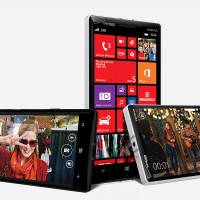 Our two year contract with Verizon was up at the beginning of December so it was once again time for the big decision of whether or not I stay with Verizon. I’ve been their customer since 2000 so obviously I’m ok with them for the most part, but as far as Windows Phone support goes, they are horrible. For example, if you go into a store right now and try to buy a phone, they sell two ancient (2+ years old) models. The only other option is the newer HTC One. On top of that, they are extremely slow with doing updates for the phones. Our old phones still don’t have the major Windows Phone 8.1 update which was released last summer. It’s to the point where I pretty much don’t expect updates to my phone via Verizon. They hate Windows Phone.
Our two year contract with Verizon was up at the beginning of December so it was once again time for the big decision of whether or not I stay with Verizon. I’ve been their customer since 2000 so obviously I’m ok with them for the most part, but as far as Windows Phone support goes, they are horrible. For example, if you go into a store right now and try to buy a phone, they sell two ancient (2+ years old) models. The only other option is the newer HTC One. On top of that, they are extremely slow with doing updates for the phones. Our old phones still don’t have the major Windows Phone 8.1 update which was released last summer. It’s to the point where I pretty much don’t expect updates to my phone via Verizon. They hate Windows Phone.
So I thought the only option we really had was the HTC One. Logan has that and likes it, but it was a no go for us because it doesn’t have a dedicated camera button. To launch the camera, you have to unlock the phone, start an app and then take a picture. With a young kid in the house, these devices get used as a camera more than they do as a communication device.
I started looking around at other carriers. AT&T has a much better relationship with Windows Phone. At least they pump out updates on a reasonable basis. The problem there is that they have no coverage in my building at work or at Tim and Chelsea’s house. Fail.
T-Mobile? I’m actually willing to give them a shot because I can bring my own phone and do whatever I want, but I wasn’t crazy about losing the network coverage that Verizon provides.
That’s about when I discovered that Verizon did actually sell one of the flagship Windows Phones earlier in the year. The Lumia Icon was for sale for about six months until they inexplicably pulled it off the market with no explanation. However, many physical stores still have them in stock. It’s a fantastic phone (similar hardware to the HTC One), but it seems very unlikely that it will ever get an update. But even with that major caveat, we went for it.
I have to say that I love the device. It’s a huge speed boost over our HTC 8x’s and the 1080p screen is beautiful. The battery easily makes it through a day. It also, like our 8x’s, has wireless charging and we finally bought some wireless charging pads. I haven’t found a way to make them super reliable yet though. They don’t always hold a connection to keep the charge flowing. Hopefully I’ll have an update on that in the future.
As for the lack of updates? This phone still comes with Windows Phone 8 which means no Cortana. However, you can update it yourself (and probably void your warranty), if you are a developer. I took that plunge and have had pretty good results on my phone. Tyla’s phone is still running as-is from Verizon but I’m close to giving her the update too. I don’t love running my phone on a non-supported firmware, but seriously Verizon, UPDATE OUR PHONES.
They make me so mad but when the time came to actually pull the trigger and leave, I couldn’t do it. They have incredible coverage and in the end, I guess that trumps every other bad thing about them… for now.
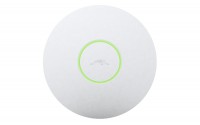 On January 1, I took over as the IT guy at church. We had a pretty bare bones set up and I was given the funds to spruce things up a bit. Once I got our internet speed upgraded from 1.5Mbps to 20Mbps (for the same price with some billing fixup) and got new computers installed, the next task was to get better WiFi coverage.
On January 1, I took over as the IT guy at church. We had a pretty bare bones set up and I was given the funds to spruce things up a bit. Once I got our internet speed upgraded from 1.5Mbps to 20Mbps (for the same price with some billing fixup) and got new computers installed, the next task was to get better WiFi coverage.
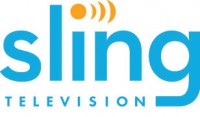
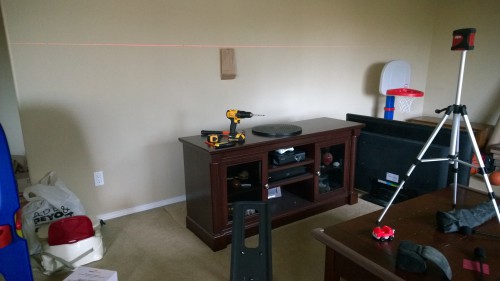
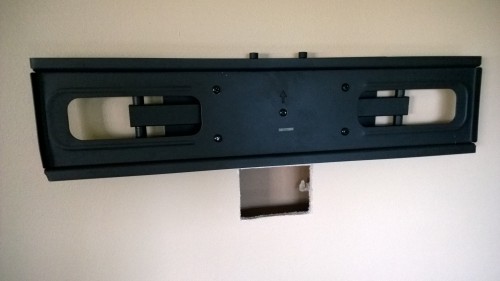
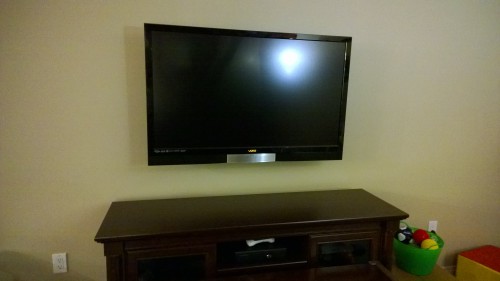
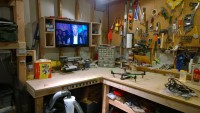
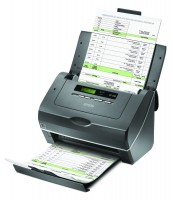 In
In 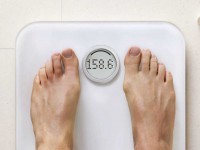 Tyla and I both weigh ourselves every morning and write down our weight. While the day to day change isn’t always something to get worked up about, it’s important to understand your trend as it stretches out to weeks and months.
Tyla and I both weigh ourselves every morning and write down our weight. While the day to day change isn’t always something to get worked up about, it’s important to understand your trend as it stretches out to weeks and months.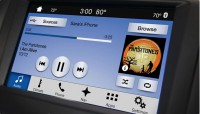
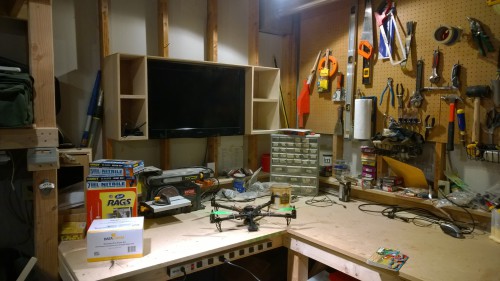
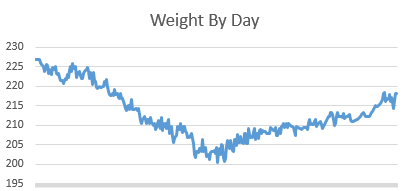 I’m done wearing the Fitbit, at least for daily use. I might still carry it on hikes or days when I know I’ll be really active, but otherwise I’ve gotten a pretty good feeling for what a good day of walking feels like.
I’m done wearing the Fitbit, at least for daily use. I might still carry it on hikes or days when I know I’ll be really active, but otherwise I’ve gotten a pretty good feeling for what a good day of walking feels like.